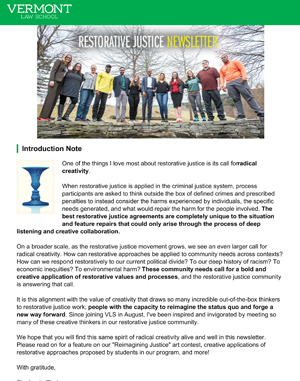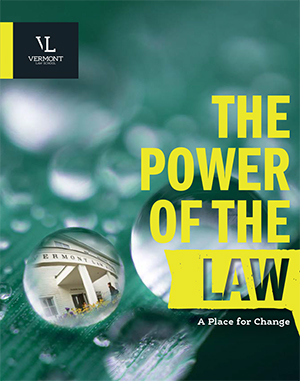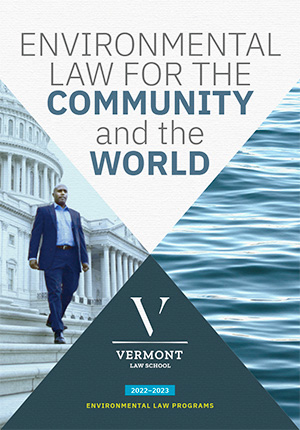CLEAN WATER ACT (CWA)-RELATED WORK
Taylor represents mostly municipaland industrial dischargers and some environmental organizations.
“Regulators, environmental groups and point-source dischargers are all concerned about the lack of nonpoint-source authority. Regulators and environmental groups are concerned because in many cases the leading cause of water-quality problems is related to non-point-source pollution. Point sources are concerned because they are the only ones regulated, and the problems can’t be fully addressed by ratcheting down their permit limits. Many states are considering how better to regulate non-point sources. The Clean Water Act does not regulate non-point-source discharges, and most states followed that model,” Taylor says.
“This lack of regulatory authority is affecting implementation of Total Maximum Daily Loads (TMDLs) and water-quality attainment goals particularly with respect to nutrients. Without adequate control of nutrient discharges from non-point sources point sources bear the brunt of required pollutant reductions.”
TRENDS AND BIG ISSUES
“There is data to show ocean acidification has an impact on aquatic life and commercially-important species. How ocean acidification will be treated is a major legal issue,” Taylor says.
“A state like Maine is soon going to make a specific finding that a marine water segment is not attaining its water quality classification/standard due to ocean acidification. When that finding is made, the state must do a TMDL to limit pollutant loads causing the nonattainment … How is a state going to limit air emissions from another state, which is the primary contributor to the problem?”
The issue, he says, will require more integration between Clean Air Act and Clean Water Act controls.
Taylor also cites an increase in cyanobacteria—or toxic blue-green algae— outbreaks in waters and the importance of better understanding the consequences for aquatic life and human health.


















